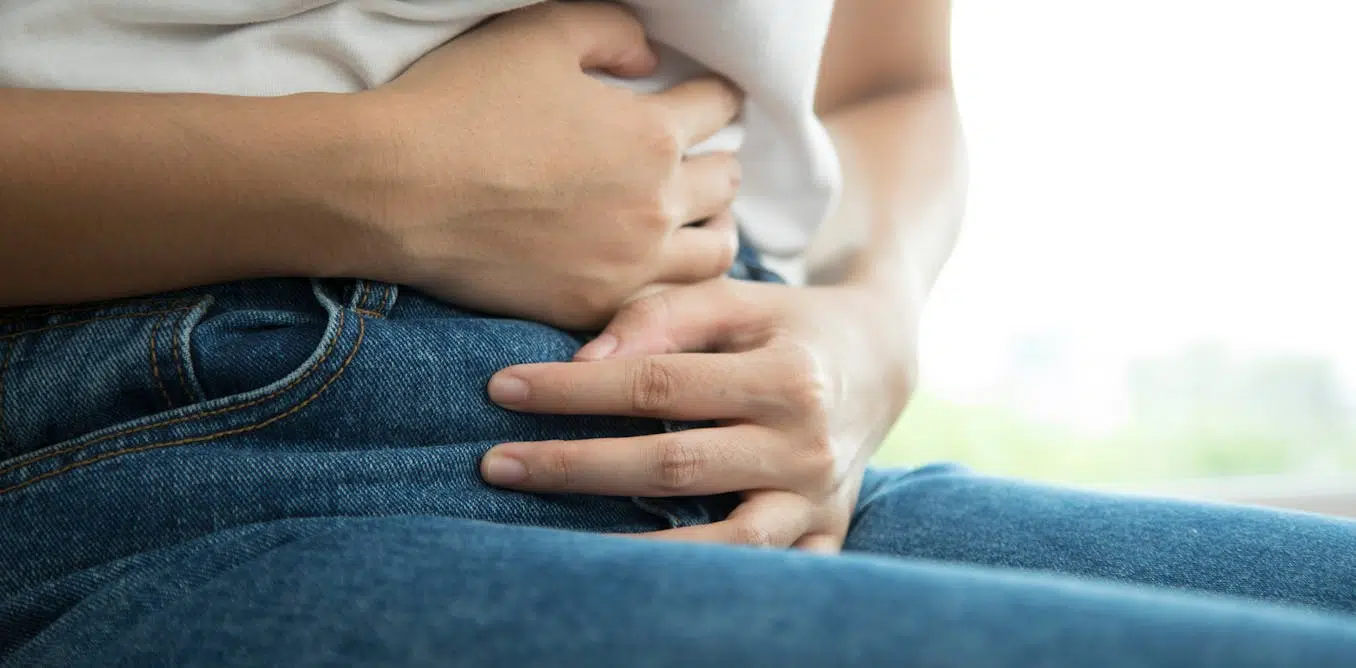The Essure Contraceptive Device Left Women with Chronic Pelvic Pain


The Victorian Supreme Court recently dismissed a class action on behalf of more than 1,400 women who received Bayer’s Essure contraceptive device.
The decision attracted significant publicity, including criticism from the Victorian Premier. It left the women shocked and disappointed, particularly since Bayer had settled a similar claim in the United States for US$1.6 billion.
So why did the Victorian class action fail?
What’s Essure?
Essure offered an alternative to more invasive permanent contraceptive procedures such as tubal ligation. The device was implanted into the fallopian tubes, triggering an intended inflammatory response that blocked the tubes, preventing passage of sperm and ova.
In Australia, the device was implanted by gynaecologists. More than 3,000 devices are thought to have been implanted into Australian women.
What went wrong with the device?
Lead plaintiff Patrice Turner began experiencing abnormal uterine bleeding, heavy periods, and pelvic pain within a few years of using Essure. She ultimately required a hysterectomy, which removed the Essure devices and resolved her symptoms.
Other class members experienced similar symptoms, with many also requiring hysterectomies.
What did the court find?
Proving causation in legal disputes is often complex and technical. That is particularly so in cases where medical or other interventions allegedly cause or exacerbate injury or disability, where harms can also potentially be caused by other factors.
In dismissing the class action, Justice Andrew Keogh found the extensive expert evidence did not demonstrate that Essure caused either the harms experienced by the class members generally, or by the plaintiff specifically. That evidence drew on a wide range of medical and scientific disciplines.
What happens now?
The plaintiff has until early 2025 to appeal the decision. An appeal would require establishing that the judge erred in his interpretation and application of the law, rather than simply arguing that the outcome is wrong.
Could something like this happen again?
Regulatory frameworks governing medical devices have been significantly strengthened since Australia’s Therapeutic Goods Administration first approved Essure in the 1990s. Increased publicity and successful class actions related to other problematic medical devices have resulted in significant reforms designed to reduce large-scale patient harms.
Conclusion
The Victorian Supreme Court’s decision highlights the challenges of proving causation in complex medical cases. While the outcome may be disappointing for the women involved, the court’s findings also underscore the importance of evidence-based decision-making in legal disputes.
FAQs
Q: What is Essure? A: Essure is a permanent contraceptive device that was implanted into the fallopian tubes to prevent pregnancy.
Q: Why did the class action fail? A: The court found that the evidence did not demonstrate a causal link between the device and the women’s injuries.
Q: What happens now? A: The plaintiff has until early 2025 to appeal the decision. If the decision stands, it may be difficult for similar class actions to succeed in the future.
Q: How do medical devices like Essure get approved for use? A: Medical devices are regulated by the Therapeutic Goods Administration, which assesses the safety and efficacy of devices before approving them for use in Australia.
Q: What reforms have been made to medical device regulations? A: Significant reforms have been implemented to strengthen the regulation of medical devices, including increased transparency and accountability, improved safety testing, and enhanced oversight of device manufacturers.
Recent Posts
5 Things We’ll Remember About the 2025 Open
Colten Mertens’ Overall Domination Colten Mertens missed out on the 2024 CrossFit Games by just…
Gallstones May Be the First Sign of Fatty Liver Disease
How Are Gallstones Connected to MASLD and MASH? Gallstones are hard "pebbles" made of cholesterol…
Oh-So-Comfy Slip-On Sneakers That Podiatrists Love
Most Breathable: Allbirds Tree Dasher Relay The Allbirds Tree Dasher Relay is one of the…
Here is the rephrased title: “60-Day Scripts: A Step Backwards in Reducing Medication Costs?”
A Hard-Won Policy, Slow Uptake Labor has committed A$690 million over four years to cut…
How Scratching Monkeys Can Help Us Understand Emotions and Consciousness
Article Scientists Study Monkeys' Self-Scratching Behavior to Understand Link between Anxiety and Pessimism Scientists Sakumi…
Sunny Hostin Reveals Surprising Experience After Stopping Weight-Loss Drug Mounjaro
The View Co-Host Sunny Hostin Opens Up About Her Experience with Weight-Loss Drug Mounjaro Sunny…


